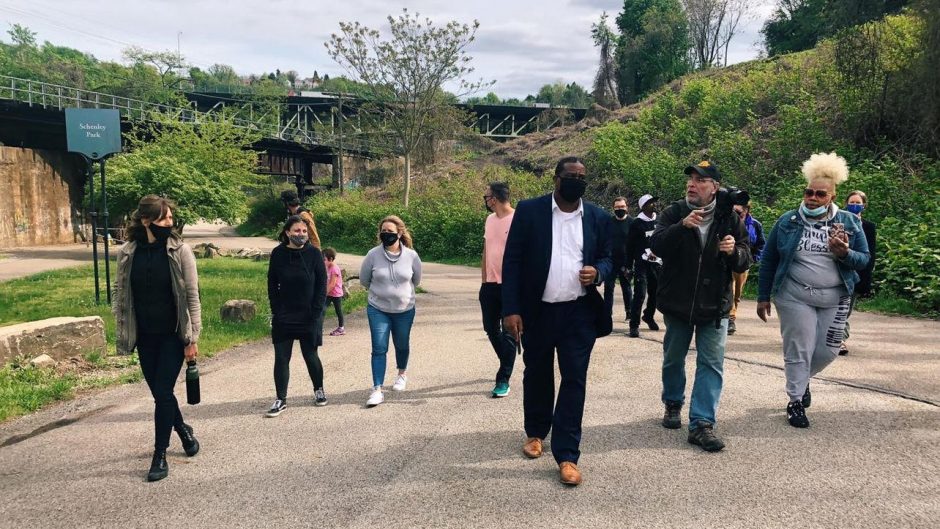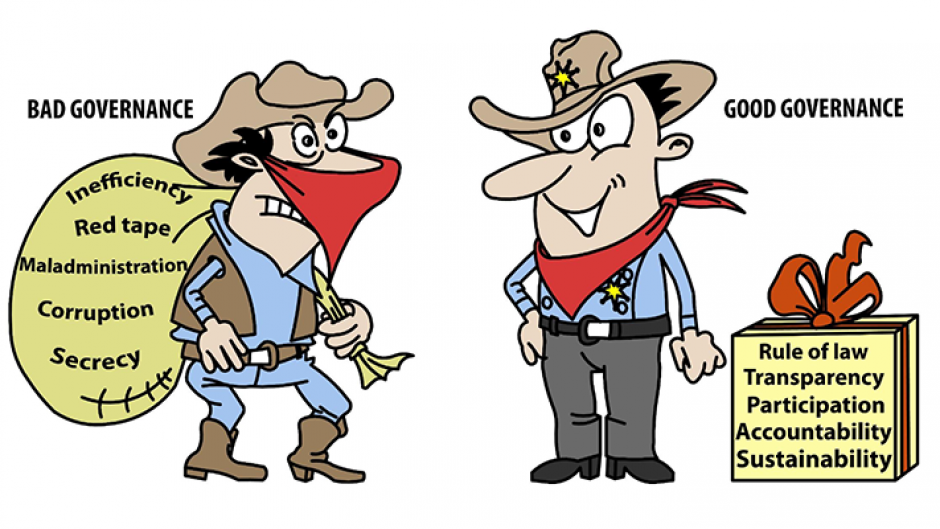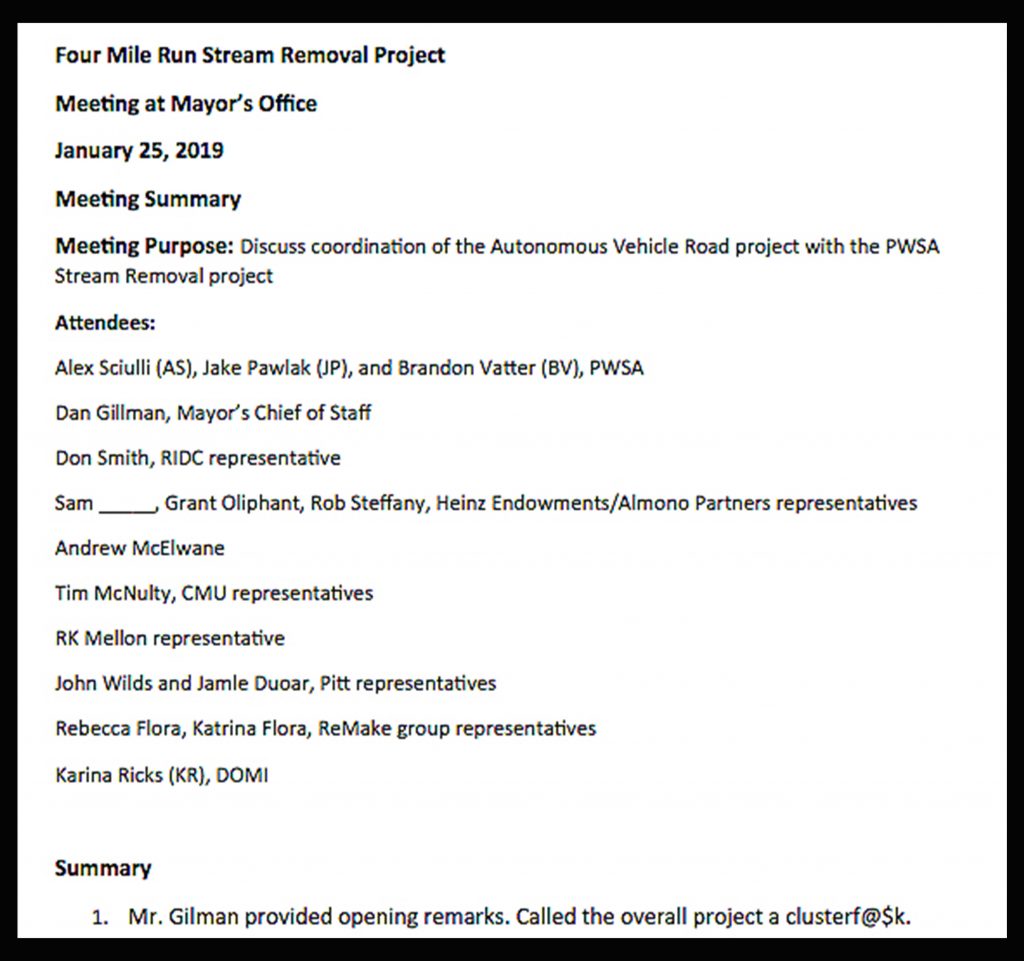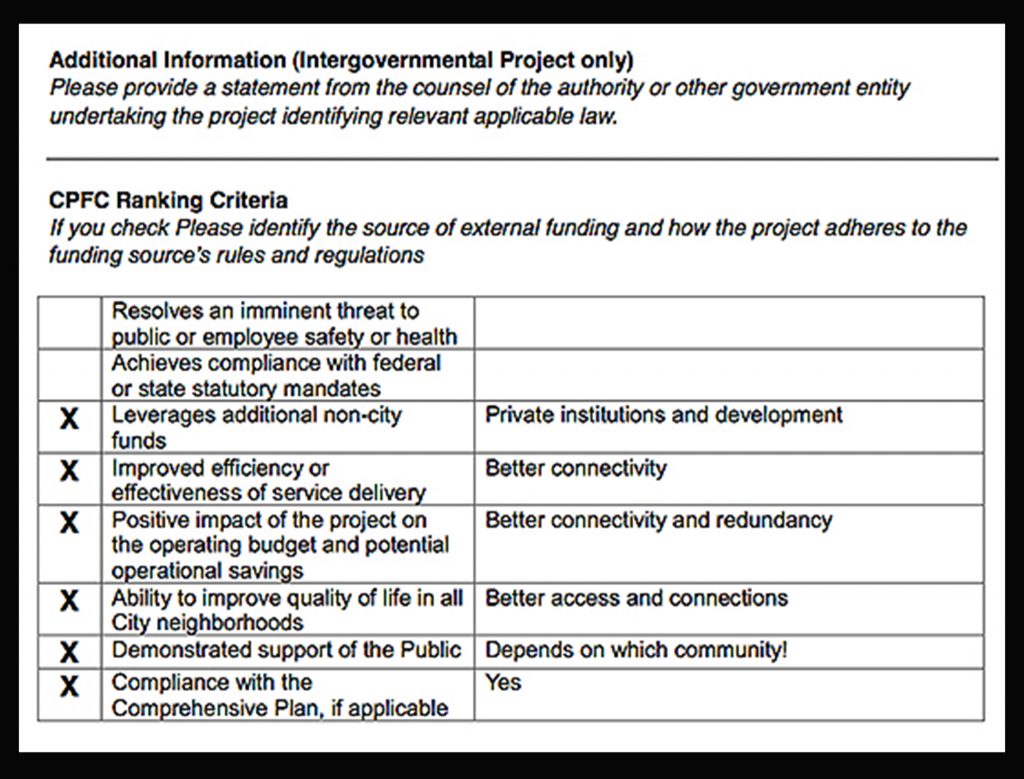On February 17, Hazelwood residents and others gathered at Propel Hazelwood to discuss rapidly evolving developments in the Mon-Oakland Connector (MOC) project. The day before, Mayor Gainey’s office announced an end to the controversial shuttle road that was the essence of the MOC.
The meeting, hosted by the Greater Hazelwood Community Collaborative (GHCC), brought a wide range of human interactions and emotions: sometimes heated, sometimes funny, occasionally joyful. Some attendees remarked that it was their first in-person meeting in months or years. The auditorium burst into thunderous applause several times—including after Propel Hazelwood students performed “Lift Every Voice and Sing,” and especially when Mayor Gainey said, “The Mon-Oakland shuttle project will not go forward.”
Moving forward together
Mayor Gainey’s announcement marks a huge turning point in MOC-affected communities’ battle to reclaim their tax dollars and voice in their future. It is an opportunity to repair public trust that was shattered by 6.5 years of pushing the MOC over multi-community opposition.
The battle is far from over. Already the Pittsburgh Post-Gazette is writing op-eds attempting to resuscitate the weak case for MOC shuttles in the future. And the needs of existing 15207 residents still lack attention and funding the now-defunct MOC continues to enjoy. As the new Gainey administration works with our communities on building a new way forward, focus should be redirected to:
- Critical needs in Hazelwood. Though Councilman Corey O’Connor moved some funds from the MOC, it still has about $7 million. Early reports indicate most of the MOC’s original $23 million budget will be restored for a new bike trail and improvements to Schenley Park and the Hazelwood Greenway (now also designated as a city park). Parks and infrastructure are both important, and should not be pitted against each other. Even the loveliest bike trail should not be prioritized over basic necessities for Hazelwood like safe street crossings, sidewalks, and facilities for after-school programs. City parks already have a dedicated source of revenue from taxpayers, while neglect has destroyed Hazelwood’s infrastructure over decades.
- A stronger stormwater plan in The Run and Schenley Park—unhampered by the MOC. The Pittsburgh Water and Sewer Authority’s (PWSA’s) $42.65 million stormwater project, touted as a way to fix severe flooding in The Run, came after and was designed around the MOC shuttle road. For years, residents were told these were two separate projects and that PWSA’s efforts could easily move forward regardless of the MOC’s fate. That message has changed recently, but Run residents, who have been awaiting flood relief for decades, value effectiveness over speed. For years they have challenged PWSA to provide a stormwater model that does not include the MOC. Instead, PWSA compared the MOC-centric design against doing nothing. The Run has an opportunity to finally see how much better PWSA can address flooding now that accommodating a shuttle road has been dropped from their project requirements.
- Transportation solutions that improve rather than undermine public options. The Our Money, Our Solutions (OMOS) plan, created by MOC-affected communities with help from Pittsburghers for Public Transit, contains many improvements that would serve residents and the Hazelwood Green development. Some of those improvements, such as weekend service for the 93 bus line and Irvine Street sidewalk repairs, have already been secured. Others, like extending the 75 bus line into Hazelwood, are under consideration. If we don’t adopt OMOS wholesale, we can at least revisit and borrow heavily from it.
Our new plan needs a new name to reflect new priorities
We all deserve a fresh start to distance ourselves from the dishonesty and corruption that plagued the MOC from the start. The MOC quickly became a “magic bag” of components and costs that shifted according to justifications needed for it at any given time. Only the shuttle road has remained consistent. Now that the road has been removed, this project is no longer the MOC. Any work in Schenley and Hazelwood parks must have a clear focus and leave non-transparency behind.
You can view a livestream of the meeting provided by Center of Life.
Photo courtesy of Juliet Martinez for The Homepage











Recent Comments